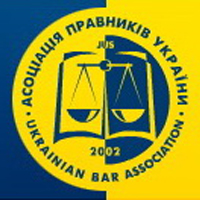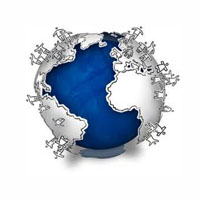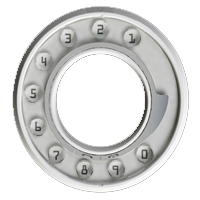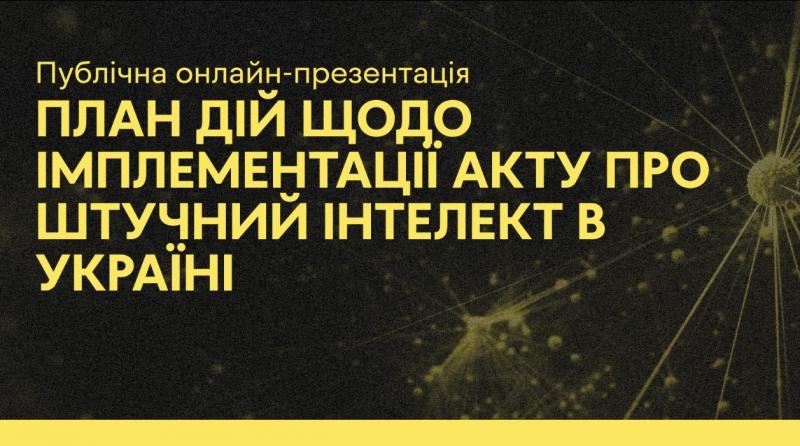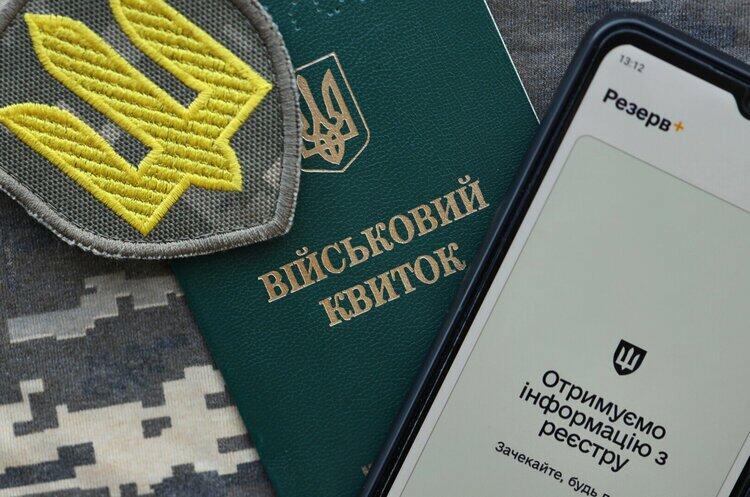Law firm processes standardization
Oleksiy Bezhevets, Attorney, Partner with Legal Alliance Company
Every business, including legal business at some stage of its development is trying to structure their business processes. This includes planning and control, operations, contacts, documents control arrangements, introduction of rules and standards. Another regulation stage can lead to consideration of the possibility and feasibility of standardization according to the ISO standards.
It is not one or two Ukrainian law firms have certified their activities up to ISO 9001. In this article I want to share a modest experience of our company, which I hope will become useful for our colleagues.
We have been distinguishing business processes and managing rules and activity algorithms purposefully for several years. As for me, there are no limits to perfection, so an improvement and adaptation process for current needs and strategies is permanent. Before deciding to implement a quality management system that corresponds the international standard ISO 9001:20080 requirements, we have implemented the following: annual planning and forms management accounting, financial plan, marketing plan, IT plan, HR system, CRM solution, the inside rules and regulations. Desire to coordinate all the rules and systems into one cohesive system led us to the issue of standardization according to ISO 9001.
The process of leisurely, but rather painstaking preparation for certification audit took half a year and was in accordance with the plan. Beforehand note that the choice of specialist who will prepare the company to audit is extremely important. We are fortunate in this respect (we took friends advice), and the preparation process took minimum of nerves and maximum resources.
Of course, the quality management system elements in each firm may vary. However, in my experience, the key elements are:
1. The quality manual and the quality policy (defines system’s basic concepts and structural elements, management responsibility, resource management, the processes of services lifecycle, the measurement frameworks, analysis and improvement. In general, this document is basic, formal and should contain the key idea. Whereas it is better to accomplish document completion, taking into consideration the documents preparation process dynamics at the end of the certification audit preparation.
2. The list of the processes required for the quality management system and their application at the firm. The list definition is an important step because completeness and internal consistency of all procedures to be implemented depends on the correct specification of this list.
3. The sequence and interaction of these processes (various documented procedures) with defined criteria and methods needed to ensure efficiency, as in the implementation and management of these processes are determined. The list of documented procedures in particular may include:
• Documentation management
• Rules for the execution of documents
• Personnel management
• Marketing work organization
• Projects realization
• Internal auditing
• Procurement
• Services discrepancy management etc.
Each of these procedures is formalized document that is affiliated with other procedures and together they represent coordinated system of quality management. For example, to determine the appropriate document management means special procedures are developed by the Document administration and Document execution norm that determines the order of:
• adequacy of document revision before its issuing
• analysis and actualization, if it is required, and documents review
• identification of documents review changes and status
• availability of documents relevant versions in their application field
• saving documents well-defined
• documents identification and their dispatch control
• obsolete documents unintended use prevention and applying appropriate identification of these documents abandoned for any purposes
I would like to mention that procedures preparation (their number for a legal firm in my understanding has to vary in the range from 10 to 20) takes the lion's share of time and requires the involvement of all employees who are involved in the company’s basic processes. In our company the process of procedures preparation (in respective part) involved the entire administrative staff, partners and advisors, marketing department, some senior lawyers.
4. The quality management system documentation list may include the following types:
• Documented procedures;
• Recordings format;
• Position description;
• Legal arrangements documentation;
• Regulations;
• Technical documentation for computer hardware and software;
• Headed notepapers;
• Orders;
• Incoming and outgoing correspondence;
• Contract documentation.
5. Management representative
The standard requirements stipulate that the entity management shall determine among its membership and appoint a management representative of the quality management system, which besides other assigned duties incurs liability and is entitled and within his authority is:
• software design, quality management system processes implementation and support;
• providing management reports on the quality management system functioning , and the necessity for improvement;
• promotion of the mutual understanding between the client and the company.
Responsibility and authority of such representative also includes relationships support with external organizations on matters relating to the quality management system.
6. Services quality management system.
For the efficient inconsistencies management in the company’s services the services inconsistencies management process has to be implemented and supported. The service that does not meet the requirements shall be adjusted in the course of this process. Records of the inconsistencies nature and any subsequent actions performed, including permissions for rejection are maintained in an active state. All inquiries, complaints, comments received from the clients are recorded. They are subject to further review by management and performers with documenting and taking action, as reported to the applicant.
7. Internal audit.
In the company, at scheduled intervals (once a quarter) internal audits are held to determine how the quality management system:
• corresponds to the planned arrangements, the requirements of ISO 9001:2008 standard "Quality Management Systems. Requirements" and the requirements for a quality management system developed by the company;
• is implemented effectively and maintained in an active state.
Audits are planned according to the complexity and importance of the processes under consideration and the previous audits results. Criteria for auditing, volume, frequency are set for each audit. Selection of auditors and ways to conduct audits ensure objectivity and impartiality of the audit process itself. Also, during the organization of internal audits a compulsory requirement is observed - auditors do not check their own work.
A group of internal auditors was formed in the company in order to conduct internal audits. All auditors have theoretical and practical training and constantly improve their skills to carry out internal audits with maximum benefit for the quality management system functioning and development. All the structural units of the company and all processes of the quality management system are subject to internal audits.
Every business, including legal business at some stage of its development is trying to structure their business processes. This includes planning and control, operations, contacts, documents control arrangements, introduction of rules and standards. Another regulation stage can lead to consideration of the possibility and feasibility of standardization according to the ISO standards.
It is not one or two Ukrainian law firms have certified their activities up to ISO 9001. In this article I want to share a modest experience of our company, which I hope will become useful for our colleagues.
We have been distinguishing business processes and managing rules and activity algorithms purposefully for several years. As for me, there are no limits to perfection, so an improvement and adaptation process for current needs and strategies is permanent. Before deciding to implement a quality management system that corresponds the international standard ISO 9001:20080 requirements, we have implemented the following: annual planning and forms management accounting, financial plan, marketing plan, IT plan, HR system, CRM solution, the inside rules and regulations. Desire to coordinate all the rules and systems into one cohesive system led us to the issue of standardization according to ISO 9001.
The process of leisurely, but rather painstaking preparation for certification audit took half a year and was in accordance with the plan. Beforehand note that the choice of specialist who will prepare the company to audit is extremely important. We are fortunate in this respect (we took friends advice), and the preparation process took minimum of nerves and maximum resources.
Of course, the quality management system elements in each firm may vary. However, in my experience, the key elements are:
1. The quality manual and the quality policy (defines system’s basic concepts and structural elements, management responsibility, resource management, the processes of services lifecycle, the measurement frameworks, analysis and improvement. In general, this document is basic, formal and should contain the key idea. Whereas it is better to accomplish document completion, taking into consideration the documents preparation process dynamics at the end of the certification audit preparation.
2. The list of the processes required for the quality management system and their application at the firm. The list definition is an important step because completeness and internal consistency of all procedures to be implemented depends on the correct specification of this list.
3. The sequence and interaction of these processes (various documented procedures) with defined criteria and methods needed to ensure efficiency, as in the implementation and management of these processes are determined. The list of documented procedures in particular may include:
• Documentation management
• Rules for the execution of documents
• Personnel management
• Marketing work organization
• Projects realization
• Internal auditing
• Procurement
• Services discrepancy management etc.
Each of these procedures is formalized document that is affiliated with other procedures and together they represent coordinated system of quality management. For example, to determine the appropriate document management means special procedures are developed by the Document administration and Document execution norm that determines the order of:
• adequacy of document revision before its issuing
• analysis and actualization, if it is required, and documents review
• identification of documents review changes and status
• availability of documents relevant versions in their application field
• saving documents well-defined
• documents identification and their dispatch control
• obsolete documents unintended use prevention and applying appropriate identification of these documents abandoned for any purposes
I would like to mention that procedures preparation (their number for a legal firm in my understanding has to vary in the range from 10 to 20) takes the lion's share of time and requires the involvement of all employees who are involved in the company’s basic processes. In our company the process of procedures preparation (in respective part) involved the entire administrative staff, partners and advisors, marketing department, some senior lawyers.
4. The quality management system documentation list may include the following types:
• Documented procedures;
• Recordings format;
• Position description;
• Legal arrangements documentation;
• Regulations;
• Technical documentation for computer hardware and software;
• Headed notepapers;
• Orders;
• Incoming and outgoing correspondence;
• Contract documentation.
5. Management representative
The standard requirements stipulate that the entity management shall determine among its membership and appoint a management representative of the quality management system, which besides other assigned duties incurs liability and is entitled and within his authority is:
• software design, quality management system processes implementation and support;
• providing management reports on the quality management system functioning , and the necessity for improvement;
• promotion of the mutual understanding between the client and the company.
Responsibility and authority of such representative also includes relationships support with external organizations on matters relating to the quality management system.
6. Services quality management system.
For the efficient inconsistencies management in the company’s services the services inconsistencies management process has to be implemented and supported. The service that does not meet the requirements shall be adjusted in the course of this process. Records of the inconsistencies nature and any subsequent actions performed, including permissions for rejection are maintained in an active state. All inquiries, complaints, comments received from the clients are recorded. They are subject to further review by management and performers with documenting and taking action, as reported to the applicant.
7. Internal audit.
In the company, at scheduled intervals (once a quarter) internal audits are held to determine how the quality management system:
• corresponds to the planned arrangements, the requirements of ISO 9001:2008 standard "Quality Management Systems. Requirements" and the requirements for a quality management system developed by the company;
• is implemented effectively and maintained in an active state.
Audits are planned according to the complexity and importance of the processes under consideration and the previous audits results. Criteria for auditing, volume, frequency are set for each audit. Selection of auditors and ways to conduct audits ensure objectivity and impartiality of the audit process itself. Also, during the organization of internal audits a compulsory requirement is observed - auditors do not check their own work.
A group of internal auditors was formed in the company in order to conduct internal audits. All auditors have theoretical and practical training and constantly improve their skills to carry out internal audits with maximum benefit for the quality management system functioning and development. All the structural units of the company and all processes of the quality management system are subject to internal audits.

